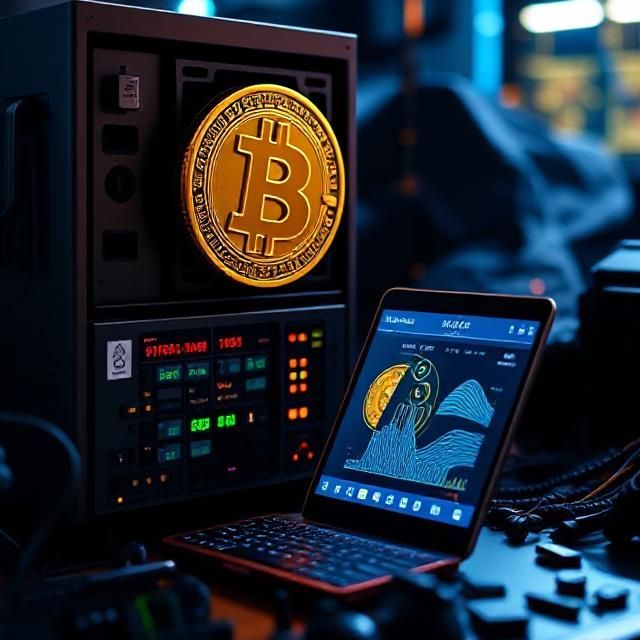Beginner’s Guide: Understanding Stablecoins – Tether, Gemini Dollar, DigiXDAO & DAI
The crypto boom experienced at the end of 2017 coupled with the crash of 2018 caused massive damage to the reputation and adoption process of cryptocurrencies around the world. Companies such as Microsoft discontinued Bitcoin payments for its products and services after the wild volatility period.
Needless to say, the emergence of stable coins has arguably been one of the most significant and controversial events to occur in the crypto space. They are thought to be the solution to the volatility problem of cryptocurrency. In a market where the price of the assets you hold is constantly changing, you need the option to store your funds in a place where the value will stay the same, while still being able to spend and transfer it like any other cryptocurrency. For most of the traders, stable coins like Tether or TrueUSD have functioned as a lifeboat to escape to when they wish to exit a trade, to take profit or avoid a market crash.
What Are Stable Coins?
Since stablecoins are cryptocurrencies designed to minimize the effects of price volatility, they function as a store of value and a unit of account. To minimize volatility the value of a stablecoin can be pegged (exchange rate system – fixed) to a currency, or to exchange traded commodities (such as precious metals or industrial metals). Stablecoins backed by currencies or commodities directly are said to be centralized, whereas those leveraging other cryptocurrencies are referred to as decentralized.
Centralized Stablecoins
Currency backed stablecoins – Cryptocurrencies backed by currency are the most common and were the first type of stablecoins on the market. Their characteristics are:
- Their value is pegged to one or more currencies (most commonly the US dollar, also the Euro and the Swiss franc) in a fixed ratio
- The tether is realized off-chain, through banks or other types of regulated financial institutions which serve as depositories of the currency used to back the stablecoin
- The amount of the currency used for backing of the stablecoin has to reflect the circulating supply of the stablecoin.
- The value of stablecoins of this type is based on the value of the backing currency, which is held by a third-party regulated financial entity. In this setting, the trust in the custodian of the backing asset is crucial for the stability of price of the stablecoin.
- Fiat-backed stablecoins can be traded on exchanges and are redeemable from the issuer.
The cost of maintaining the stability of the stablecoin is equivalent to the cost of maintaining the backing reserve and the cost of legal compliance, maintaining licenses, auditors and the business infrastructure required by the regulator.
- Examples: TrueUSD (TUSD), USD Tether (USDT), Paxos Standard (PAX), Gemini Dollar (GUSD) , etc.
- Exchange-traded commodities backed stablecoins
– Stablecoins backed by commodities such as precious metals (gold, silver etc) are quite similar to fiat backed stablecoins. Their main characteristics are:
- Their value is pegged to one or more exchange-traded commodities, in a fixed ratio
- The peg is realized off-chain, through regulated financial institutions which serve as custodians of the commodity backing the stablecoin
- The amount of exchange-traded commodity used to back the stablecoin has to reflect the circulating supply of the stablecoin. Holders of commodity-backed stablecoins can redeem their stablecoins at the conversion rate to take possession of real assets.
- The cost of maintaining the stability of the stablecoin is equivalent to the cost of maintaining the backing reserve of the exchange-traded commodity and the cost of legal compliance, maintaining licenses, auditors and the business infrastructure required by the regulator.
- Examples: Digix Gold Tokens (DGX) , etc.
Decentralized Stablecoins
Cryptocurrency backed stablecoins – issued with cryptocurrencies as collateral, which is conceptually similar to fiat-backed stablecoins. However, the significant difference between the two designs is that while fiat collateralization typically happens off the blockchain, the cryptocurrency or crypto asset used to back this type of stablecoins is done on the blockchain, using smart contracts in a more decentralized fashion. In many cases, these work by allowing users to take out a loan against a smart-contract via locking up collateral, making it more worthwhile to pay off their debt should the stablecoin ever decrease in value. To prevent sudden crashes, a user who takes out a loan may be liquidated by the smart contract should their collateral decrease too close to the value of their withdrawal.
Significant features of crypto-backed stablecoins are:
- The value of the stablecoin is collateralized by an another cryptocurrency or a cryptocurrency portfolio
- The peg is executed on-chain via smart contracts
- The supply of the stablecoins is regulated on-chain, using smart contracts
- The price stability is achieved through introduction of supplementary instruments and incentives, not just the collateral.
The technical implementation of this type of stablecoins is more complex and varied than that of fiat-collateralized stablecoins, which introduces a greater risks of exploits due to bugs in the smart contract code. Due to the nature of the highly volatile and convergent cryptocurrency market, a very large collateral must also be maintained to ensure the stability.
Live stablecoins projects of this type are Havven (the pair: nUSD – stablecoin and HAV – the collateral- backed nUSD), DAI (pair: CDP – Collateralized Debt Position and MKR – governance token used to control the supply), etc.
Lets see some examples of stable coins:
Tether (USDT)
Tether is a controversial cryptocurrency with tokens issued by Tether Limited, which claims that each token issued is backed by one United States dollar though they may not necessarily be redeemed through the Tether platform. The stable coin is one of the most traded cryptocurrencies, and has faced controversy over its possible role in manipulating the crypto markets. Tether has always claimed to be backed 1-to-1 by a reserve of US dollars. However, many experts have questioned the truth of this claim, especially when the stable coin continues to seamlessly print $250m worth of new coins every few months with no transparency about where the $250m in real USD is coming from to back it.
The most obvious accusation is that Tether is simply a crypto version of the Federal Reserve, except it is controlled by even fewer people and operates under even less scrutiny. Their ability to print money seemingly out of thin air gives them the purchasing power to pump the price of BTC and other cryptocurrencies at will, which many have claimed was the case during the December 2017 crypto bubble.
Tether vulnerabilities
By now, most people know that Banks don’t actually hold the exact amount of funds deposited by customers in a vault somewhere. Instead, the money moves around, providing loans for debtors and paying back creditors. If in a moment of panic, all account holders of a bank were to demand to get their money out at the same time, the Bank would simply be unable to fulfill their request and likely go under trying to do so.
The same concerns have been expressed about stable coins like Tether. In a volatile market like crypto, where moments of panic are commonplace, there are significant doubts that Tether has sufficient USD backing for the majority of their holders to transfer back to fiat within a short time frame.
Gemini Dollar (GUSD)
Gemini, a US-based cryptocurrency exchange, recently announced that they would be launching the very first regulated stable coin, which will be built on the ERC20 Ethereum standard.
The ‘Gemini Dollar’ (GUSD) also claims to be pegged 1-to-1 with the US dollar, however, what sets it apart from Tether and other stable coins is their emphasis on transparency and regulatory compliance. US regulators like the New York Department of Financial Services superintendent, Maria Vullo, have approved the coin’s launch.
“These approvals demonstrate that companies can create change and strong standards of compliance within a strong state regulatory framework that safeguards regulated entities and protects consumers”.- Maria.
The exchange is hiring an independent accounting firm to perform regular, full audits of the Gemini Trust Company to ensure that the tokens have the dollars to back them. The amount of GUSD in circulation will also be publicly visible on the Ethereum blockchain. The Gemini Trust Company will also impose a strict limit on how many GUSD coins can be printed, using a “Print Limiter”, which is combined online and offline custodian mechanisms designed to ensure that the number of tokens never exceed the underlying USD balance.
GUSD Vulnerabilities
Despite the increased transparency that comes with a regulated stable coin, there are some very clear downsides for the Governments involved in this initiative. For one, Gemini can actually make GUSD non-transferable at any moment, meaning that “Gemini has the ability to freeze any account or make all tokens non-transferable. The custodian is able to completely change the implementation of the token every 48 hours.”
In addition to having a single point of failure (as a centralized company), the ability to freeze accounts and make tokens non-transferable completely violates the crypto industries ethos of decentralization, privacy, and autonomy. With GUSD, it’s quite possible that what may look like a more efficient and transparent solution to the stable coin problem may actually lead to much bigger problems for users in the long run.
DigixDAO (DGD/DGX)
Digix, aims to tokenize a safe haven asset that sees universal recognition and demand: gold . In bringing this to the cryptocurrency world, they introduce an element of stability and tangible value that can be easily traded and transformed into other utilities.
Their journey began in 2014 and the team has accomplished much since then. This includes being the first company to conduct a crowdsale on the Ethereum blockchain where 465,134 ETH was raised in March 2016 – the DigixDAO (DGD, tradable on Binance, Huobi Pro) was born. In April 2018, the company released its first asset token, DGX .
DGX is a gold-backed token where 1 DGX represents 1g of 99.99% gold bullion that is stored in an independent and reputable vault and supplied by recognized precious metals dealers in Singapore. The gold ownership chain beginning from the bullion supplier, to the custodial holder and through to the independent audit process are fully public via the blockchain and IPFS document storage.
Maker (MKR – DAI)
In later December of 2017, the company Maker released their long-awaited system for a decentralized stablecoin named “DAI”. DAI is an Ethereum ERC20 token that is pegged to $1 USD — every DAI is worth $1, and will always be worth $1, regardless of how much DAI is in existence. There is no centralized authority like Tether that backs its value, and no traditional bank that backs each DAI with a real US dollar. There is nothing that can be shut down, and no centralized authority that needs to be trusted. DAI lives entirely within the Ethereum blockchain using smart contracts. The way DAI accomplishes this without centralized trust is incredibly clever and interesting, and may be a game changer for cryptocurrencies. DAI is carefully balances economic incentives in the pursuit of one goal — a token that is continuously approaching the value of $1 USD.
When DAI is worth above $1, mechanisms work to decrease the price. When DAI is worth below $1, mechanisms work to increase the price. The rational actors that take part in these mechanisms do so because they earn money anytime DAI is not perfectly worth $1. This is why DAI is always floating slightly above or below $1 — it is an endless wave function bouncing infinitely close to $1, but never quite achieving it. The farther DAI goes from $1, the more incentive there is to fix it.
Conclusion
There’s no doubt that stable coins should have a place in the crypto space. They provide a bridge between the world of fiat and crypto, as well as a storage place for investors and traders to temporarily escape the massive volatility of the crypto markets. Ultimately, if stable coins are to remain a focal point within the crypto space, then the best way to operate them is under a regulatory compliant framework that still allows a large degree of decentralization and censorship resistance. This nuanced combination will be hard to carve out as regulators seek to extend their control over the space through companies like Gemini through their GUSD.
Sources: Crypto Potato , Wikipedia , Maker , Gemini , DigixDAO
The post Beginner’s Guide: Understanding Stablecoins – Tether, Gemini Dollar, DigiXDAO & DAI appeared first on Crypto Adventure.




